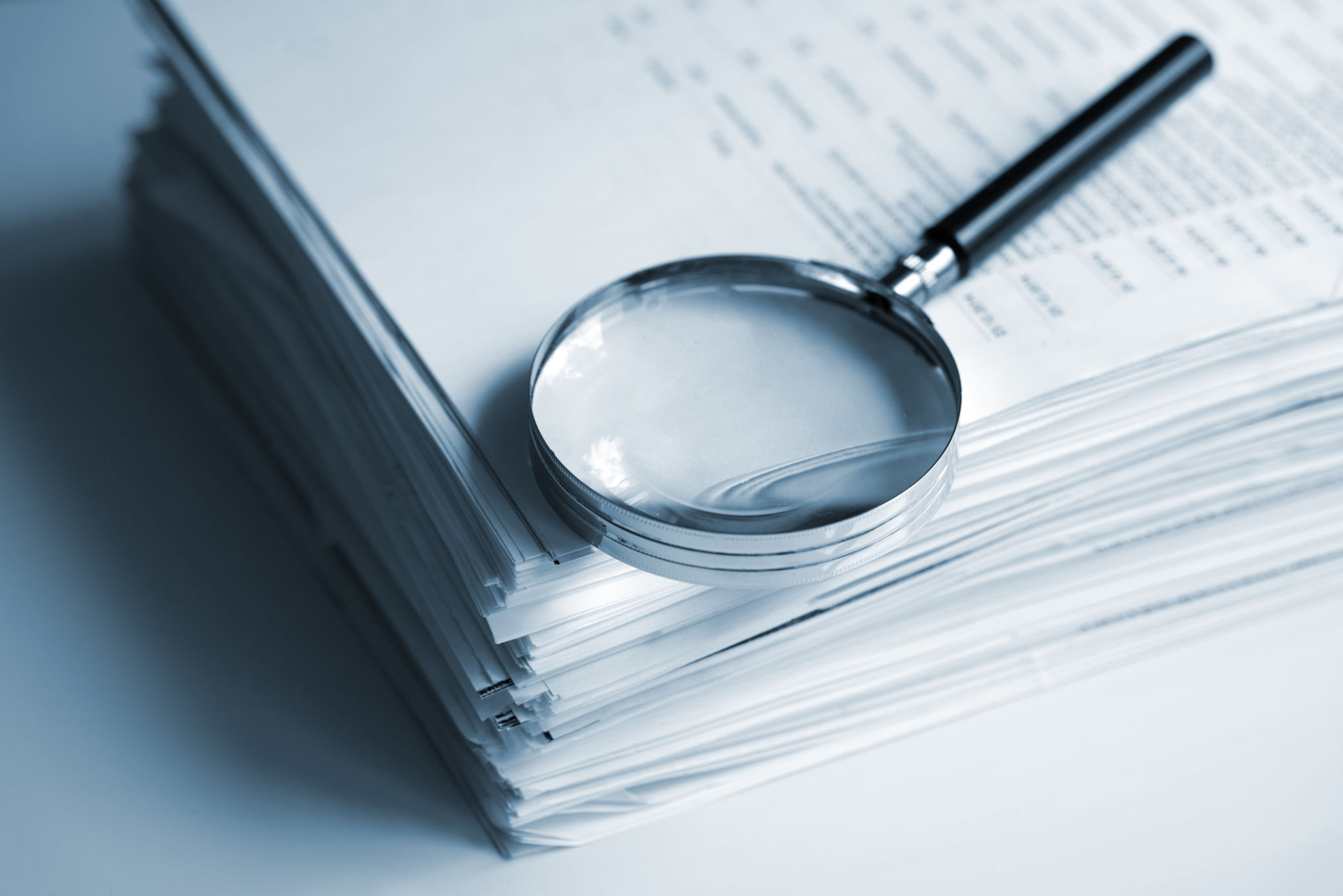Managing Receivables and Payables: Essential Strategies for NY Businesses
Understanding the Basics
Managing receivables and payables is a critical component of any business, especially for those operating in the fast-paced environment of New York. Efficient management of these financial aspects ensures a healthy cash flow, which is essential for sustaining operations and fostering growth. To achieve this, businesses must adopt a strategic approach that balances incoming and outgoing funds effectively.
Receivables represent the money owed to you by customers, while payables are the amounts you owe to suppliers or creditors. A robust system for managing both will not only enhance your financial standing but also improve your relationships with clients and vendors.

Establishing a Receivables Strategy
Having a clear strategy for managing receivables is crucial. Start by setting clear credit policies. Determine who qualifies for credit and what terms you will offer. This helps minimize the risk of late payments or defaults. Regularly review these policies to ensure they align with your business goals and market conditions.
Implementing systematic invoicing practices is equally important. Send invoices promptly and follow up on overdue accounts regularly. Consider using automated invoicing software to streamline this process, reduce errors, and save time.
Monitoring Receivables
Regular monitoring of receivables is necessary to maintain a steady cash flow. Use aging reports to identify overdue accounts and prioritize collections accordingly. Employ a robust tracking system to ensure you stay informed about all outstanding invoices and act quickly if any issues arise.

Developing a Payables Plan
On the flip side, managing payables efficiently is equally vital. Start by negotiating favorable terms with your suppliers. Seek extended payment terms that align with your receivable cycle to maintain liquidity. Establish a schedule for paying bills to avoid late fees and maintain good relationships with vendors.
Utilize technology to manage your payables effectively. Accounting software can help you automate payments, track expenses, and ensure that you meet all your financial obligations on time.
Prioritizing Payments
Not all payables are created equal, so it’s important to prioritize payments based on urgency and strategic importance. Focus on paying critical bills first, such as those necessary for business continuity or those that have penalties for late payment. Keeping a prioritized list ensures that your business remains operational without unnecessary financial strain.

Balancing Receivables and Payables
The key to successful financial management lies in balancing receivables and payables effectively. This balance ensures that your business has enough liquidity to operate smoothly without accumulating excessive debt. Regularly review your cash flow statement to identify potential shortfalls or surpluses.
Consider employing financial ratios such as the current ratio or quick ratio to assess your business’s financial health. These ratios provide insights into your ability to cover short-term liabilities with short-term assets, helping you make informed decisions about managing your finances.

Conclusion
Efficient management of receivables and payables is essential for the success of any business in New York's competitive landscape. By establishing clear strategies, leveraging technology, and maintaining a balance between incoming and outgoing funds, businesses can ensure stability and foster growth. Regular evaluation and adaptation of these strategies will keep your business agile and financially secure in an ever-changing market.
